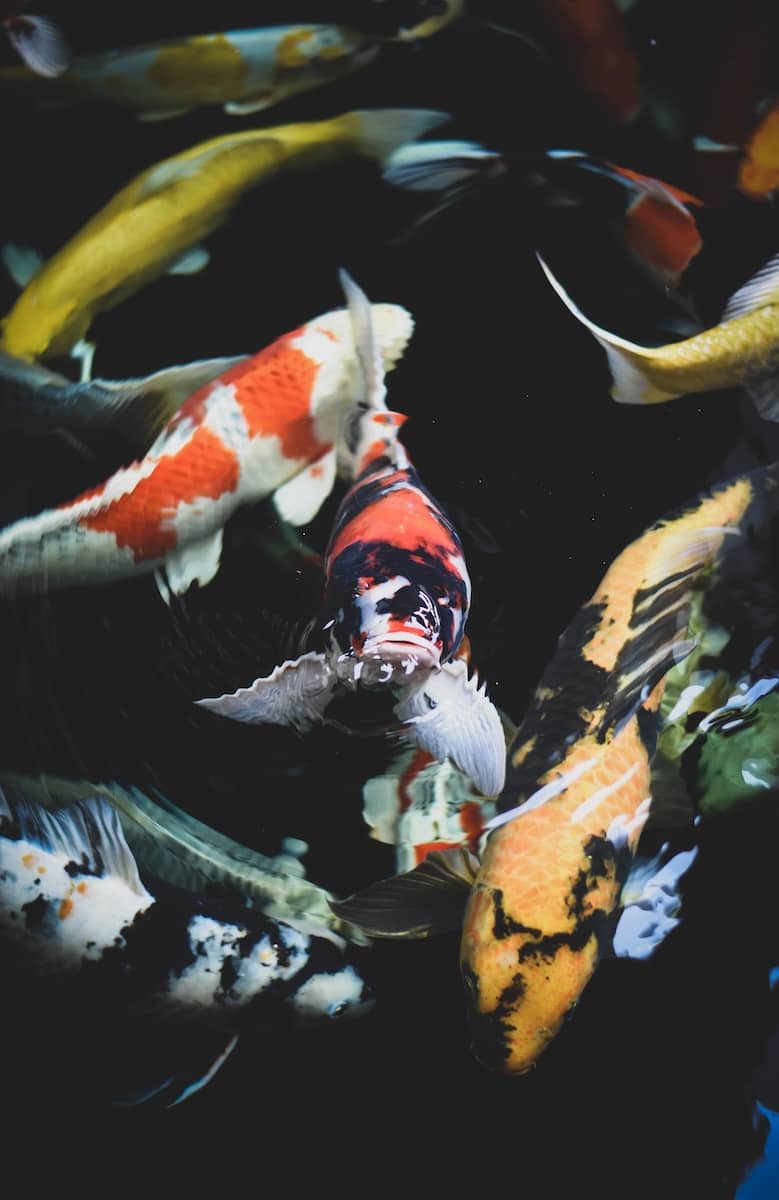How can you tell if a fish is sick?

When you gaze into the colorful and mesmerizing world of your aquarium, the last thing you want to observe is a sick fish. However, like all living creatures, fish are prone to various illnesses and diseases due to environmental changes, stress, or infections. Understanding the common signs of illness in fish and knowing how to treat them promptly can save your aquatic pets from unnecessary suffering and even death. This article aims to provide you with in-depth knowledge and guidance on this critical topic.
Recognizing the signs of a sick fish
When a fish in your tank starts acting out of the ordinary, it might be more than just a random behavioral change. Certain signs might indicate that your fish is battling an illness. It’s crucial to stay vigilant and routinely observe your fish to pick up on any such indicators. Fish are good at hiding their symptoms, thus early detection can make all the difference.
A voir aussi : What are the most common allergies in dogs?
Behavioral Changes
Watch your fish for any unusual activity. If they are staying at the bottom of the tank, floating at the top, or isolating themselves from other fish, it could be a sign of discomfort. Rapid gill movement or gasping at the water surface could denote respiratory distress. A loss in appetite can also indicate that a fish is unwell.
Physical Changes
Look closely for any physical changes in your fish. If their body color has dulled or changed, it may be a sign of distress. Check for bloated bodies, as this might indicate a digestive disorder. Clamped fins, where a fish keeps its fins close to its body, can be another sign of sickness. Open wounds, white spots, or excessive mucus production are also clear signs of infection.
Avez-vous vu cela : What are the best breeds for first-time horse owners?
Common diseases and their symptoms
Different diseases can affect fish, each with its unique set of symptoms. Familiarizing yourselves with these common ailments can help you diagnose the problem more accurately.
Ichthyophthirius Multifiliis
Commonly known as Ich or white spot disease, this is a highly contagious parasite infection. The signs include white spots on the body and fins, rapid breathing, and rubbing the body against the tank.
Fin Rot
This bacterial infection causes the edges of the fish’s fins to look ragged or rotten. The fins may reveal a white edge and can eventually recede if not treated.
Dropsy
This disease causes fluid accumulation in the fish’s body, making it look bloated. The scales may stick outwards, giving a pine-cone-like appearance.
Steps to treat sick fish
Once you have identified that a fish is sick and possibly even identified the disease, the next step is to treat them. Below are some general steps you can take to help your fish recover.
Isolating the Sick Fish
If you spot a sick fish, try to isolate it from the rest of the tank population. This will not only protect the other fish from potential infections but also provide a stress-free environment for the ailing fish.
Treating the Water
Often, the cause of a fish’s sickness is poor water quality. Regularly changing the water and maintaining the correct pH levels can prevent many diseases. Adding aquarium salt can also help, as it aids in the formation of protective mucus and fights against parasites.
Using Medication
After diagnosing the disease, you may need to use specific medications to treat your fish. Always remember to use the correct dosage and follow the instructions on the package.
Preventing diseases in fish
Prevention is always better than cure, and it applies to your fish too. By taking a few simple steps, you can prevent most common diseases.
Regular Water Changes
Regularly changing the water in your tank can significantly reduce the chances of your fish getting sick. It helps keep the water clean and free from harmful bacteria and parasites.
Quarantining New Fish
Before adding new fish to your tank, it’s a good idea to quarantine them for a week or two. This allows you to observe them for any signs of sickness and prevents the spread of diseases to your existing fish population.
Providing a Balanced Diet
Just like humans, fish need a balanced diet to keep their immune system strong. Make sure you provide them with a varied diet that includes all the necessary nutrients.
Being a responsible fish owner involves staying observant and proactive in ensuring the well-being of your aquatic pets. With the knowledge in this article, you are now better equipped to detect and address any signs of sickness in your fish. Remember, early detection and treatment can make the difference between life and death for your fish.
Defending against fungal and bacterial infections in fish
Fungal and bacterial infections are prevalent issues that might gravely impact the health of your aquarium fish. Understanding these infections and how to combat them can play a significant role in safeguarding the wellbeing of your fish.
Fungal Infections
Fungal infections usually appear as white or grey patches on the fish body. These patches may resemble a cotton-like growth and can be found anywhere on the fish’s body. Fungal spores are generally present in most fish tanks, but they only cause problems when the fish’s immune system is compromised, often due to stress or injury.
To treat fungal infections, you need to improve the water quality and may need to use antifungal medications. It’s also advisable to isolate the infected fish to prevent the spread of the fungal spores. Keeping the tank clean through regular water changes can prevent the occurrence of such infections.
Bacterial Infections
Bacterial infections can be a bit trickier to diagnose as they can cause a variety of symptoms. Fin rot, for instance, is a common bacterial infection that causes the fins to appear ragged or rotten, often revealing a white edge.
To fight these infections, specific antibiotics are needed. As with fungal infections, improving the water quality and isolating the sick fish will help in recovery and prevent the spread of the disease.
Understanding and dealing with swim bladder disease
Swim bladder disease is a common issue in aquarium fish, especially in betta fish and other species. The swim bladder is an internal gas-filled organ that helps fish control their buoyancy. If this organ gets affected, the fish will struggle to maintain its balance in the water.
If your fish is swimming sideways, struggling to swim, or floating to the top or sinking to the bottom of the tank, it could be suffering from swim bladder disease. This condition can be caused by a variety of factors, including poor water quality, overfeeding, and sudden temperature changes in the tank water.
Treatment often involves adjusting the fish’s diet and improving the water conditions. Fasting the fish for a few days can often help, as can feeding them a high-fiber diet to aid digestion. Regular water changes and keeping the temperature stable can also assist in preventing this issue.
Conclusion
Keeping an aquarium brings joy and tranquillity to many households, but it also comes with responsibility. To keep your freshwater fish healthy and vibrant, you need to be observant and proactive. Watch out for any changes in behavior or appearance, as these could be the first signs of an ailment.
Stay vigilant of the water quality in your fish tank. Regular water changes, maintaining the correct pH levels, and keeping the temperature stable are all crucial factors in preventing diseases.
In addition, you must provide your fish with a balanced fish food diet to boost their immune system. Quarantining new fish before adding them to your existing population can prevent the spread of potential diseases.
Remember that prompt action is vital in the treatment of sick fish. Whether it’s a case of clamped fins, fin rot, or any other illness, the quicker you address the issue, the better your fish’s chances of survival.
Being well-informed about the common diseases that can affect your fish and knowing how to treat them can ensure a long and healthy life for your aquatic pets. Now, armed with all this knowledge, you are ready to provide the best care for your fish and enjoy the mesmerizing underwater world of your aquarium.
